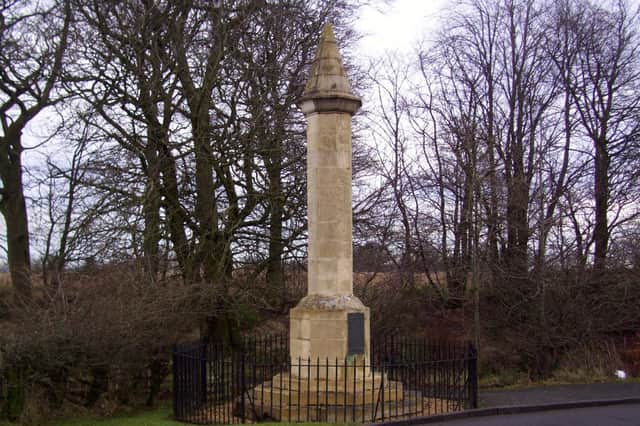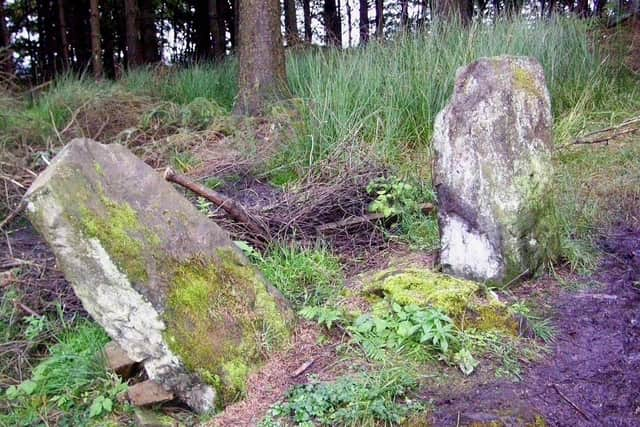Looking back with Ian Scott: Local sites stand testimony to battle of Falkirk Muir


The story itself is well enough known and I have written before about the last ever ‘Highland charge’ as the clansmen swept the Hanovarian redcoats from the field. Today I want to look at what remains to remind our visitors and our own young people of what happened in their town on that wet winter’s day when around 20,000 armed men clashed in what turned out to be the second last battle ever fought in the United Kingdom.
The most obvious survivor is the battle site itself, centred on South Bantaskine park where a historic trail was established a few years ago. There is a lot of very useful information about the movements of the troops as well as details of the regiments, clans, weapons etc provided. I have to admit that I found the trail a bit difficult to follow but that may be my poor sense of direction!
Advertisement
Hide AdAdvertisement
Hide AdOne stop on the walk is of course the Battle Monument at the west end of the park which surprisingly was not erected until 1927 when the Duke of Atholl did the honours after a public fundraising campaign in the district.


Another reminder linked to South Bantaskine is the stained glass window now in the Howgate which portrays Bonnie Prince Charlie, Lord George Murray and Lord John Drummond, the three leaders of the Jacobite army. They were made around 1860 for the Wilson family of South Bantaskine whose relations had fought in the battle.
Not too far from the monument are two stones hidden in woodland which tradition calls ‘Prince Charlie’s Stones’ said to mark the place where the Prince stood during the battle. A lost well nearby was also associated with the Prince and our Victorian ancestors used to go there on Sunday walks. What truth there is in this legend is hard to say.
Of the hundreds who died on the battlefield most were buried in great pits including in the little copse in Dumyat Drive known still as the English Graves. The most famous of the casualties, Sir Robert Munro of Foulis is buried in Trinity Churchyard. He was Chief of the Clan Munro but commanded a troop of redcoats at the battle – a reminder that the Jacobite Risings were part of a civil war. His grave is marked with a magnificent stone raised by his family just a few years after the battle. Not far away is the tomb of another redcoat officer, William Edmondstone of Cambuswallace.
Advertisement
Hide AdAdvertisement
Hide AdWhile the clansmen were in the town, ‘Young Glengarry’, son of the clan chief, was shot accidentally by another Jacobite soldier and was buried in the tomb of Sir John the Graeme. His hapless killer was executed for his bad luck.
Across the road from the steeple on the site of the building occupied today by Waterstones stood the ‘Great Ludging’ formerly the home of the Livingstons of Westquarter. It was here that the Prince passed the night following the battle. Another favourite legend tells us that his men who remained in Falkirk for 11 days passed their days and nights in Aitken’s Brewery in Newmarket Street which had opened six years earlier. But that’s another story.
Comment Guidelines
National World encourages reader discussion on our stories. User feedback, insights and back-and-forth exchanges add a rich layer of context to reporting. Please review our Community Guidelines before commenting.